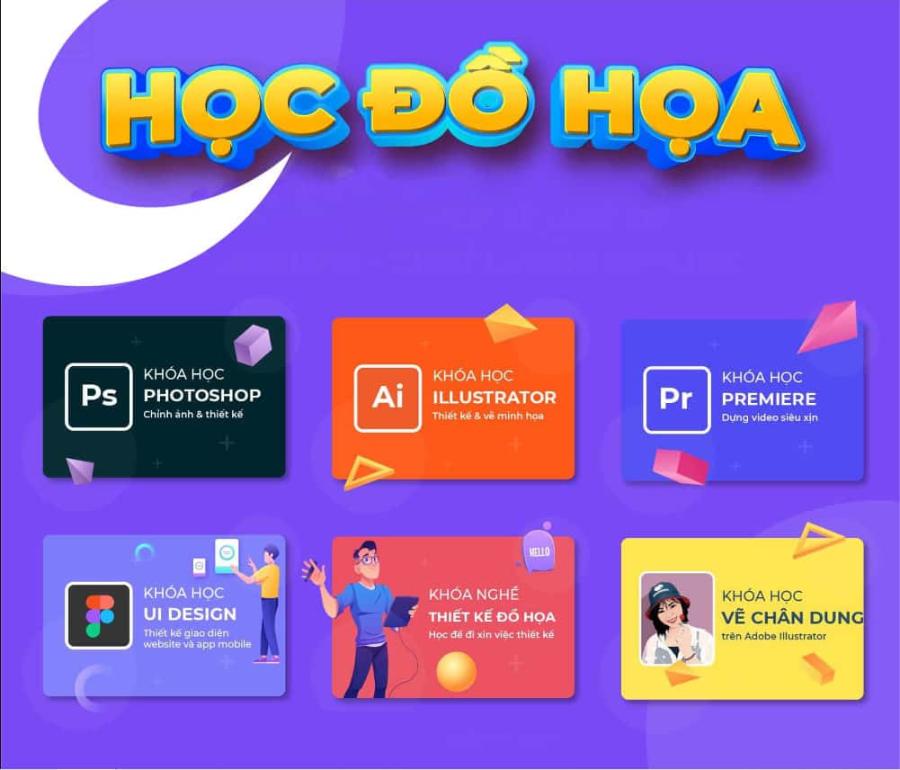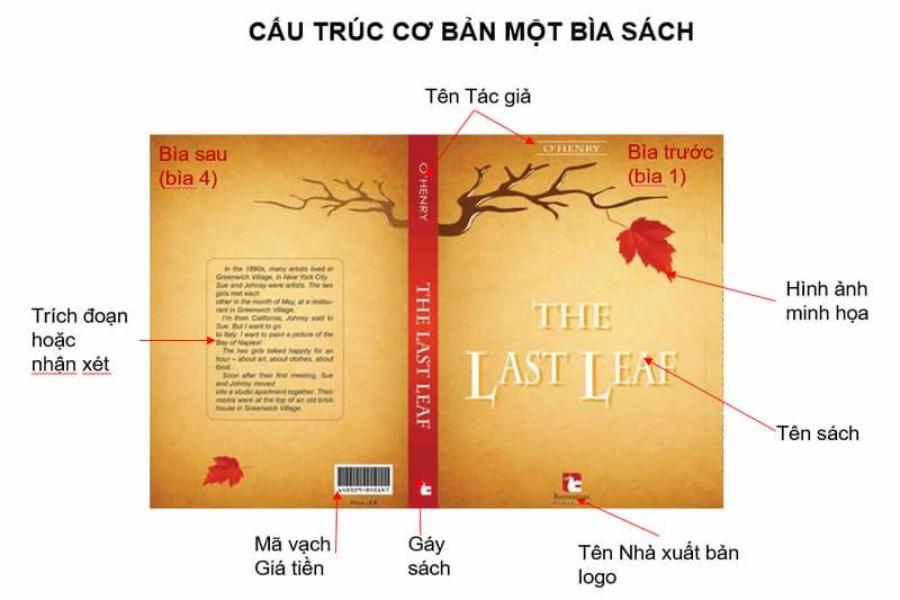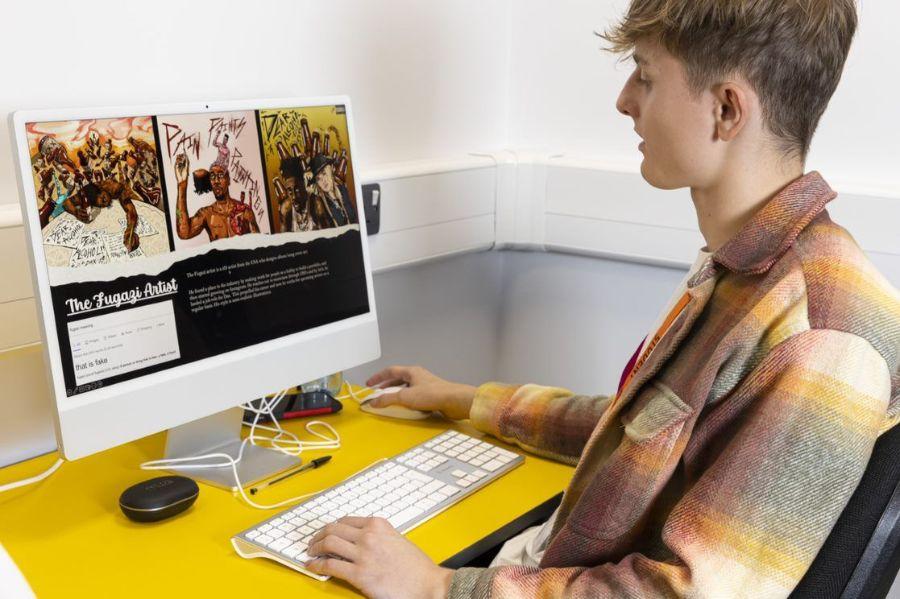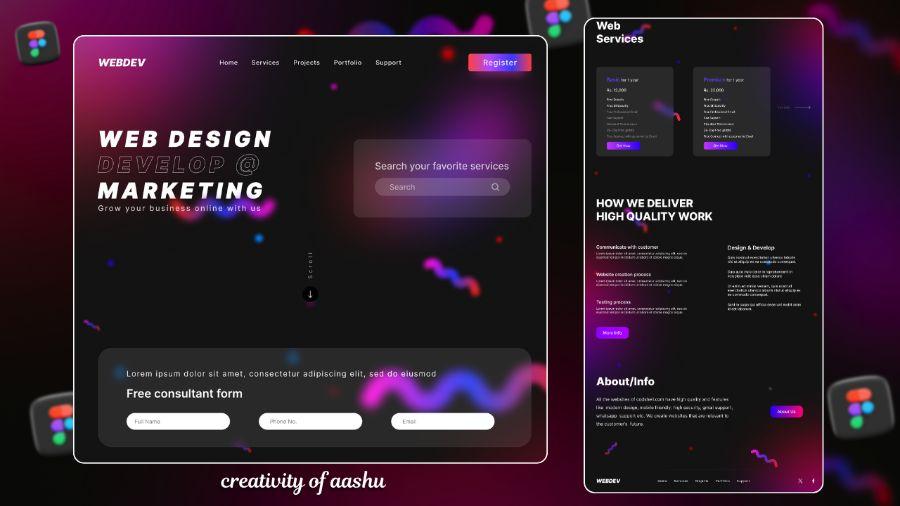Best Selling Products
Graphic Design Course: Invest to Advance Your Career
Nội dung
- I. Graphic Design - Skills of the Visual Age
- 1. Design is not only art, but also a strategic tool
- 2. Demand for high quality human resources in the design industry
- II. Core values you get from graphic design courses
- 1. Solid design thinking foundation
- 2. Master tools and technology
- 3. Project management and teamwork skills
- III. Wide career opportunities after studying graphic design
- 1. Work at an agency, business or freelancer
- 2. Start your own business or build your personal brand
- 3. Global opportunities through digital platforms
- IV. Criteria for choosing the right design course
- 1. Course content is updated with trends and practices
- 2. Team of instructors with practical experience
- 3. Flexible learning methods, diverse support
- VII. Conclusion
Graphic design courses not only provide aesthetic and technical skills but also open up sustainable career opportunities in the digital age. Discover why you should invest in a design education journey to develop a long-term career.

In an age where visuals dominate every media platform, graphic design has gone beyond mere art to become a strategic element in business, marketing and communications. Investing in a graphic design course not only helps you master professional skills but also opens the door to many attractive career opportunities. This article by sadesign will comprehensively analyze why studying graphic design is a smart investment for your future career.
I. Graphic Design - Skills of the Visual Age
Graphic design has now gone beyond the confines of a mere art form and has become an indispensable strategic tool in the visual age. It plays a pivotal role in shaping brands, attracting customers and driving business growth.
.jpg)
1. Design is not only art, but also a strategic tool
In an age where images play a dominant role, graphic design has become a powerful means of conveying messages . Effective designs have the ability to:
Convey brand messages: Help businesses communicate values, vision and mission in a visual, memorable way.
Affirming corporate identity: Creating a difference, helping the brand stand out among countless competitors.
Make an impression on customers: Make a strong first impression, evoke emotions and connect.
Promoting consumer behavior: Eye-catching product designs and advertisements can stimulate consumers' desire to buy.
Increase conversion rates: An optimally designed website and application interface will enhance user experience, leading to higher conversion rates.
Shape the user experience (UX): Ensure convenience, ease of use, and enjoyment for every customer interaction with your product/service.
Because of these essential roles, studying graphic design is no longer an option reserved for those with artistic talent or passion. It has become a wise and necessary skill for anyone working in creative, media or marketing fields, where visual communication is increasingly dominant.
2. Demand for high quality human resources in the design industry
The explosive growth of digital platforms such as social media , e-commerce and digital content platforms has created a huge demand for professional graphic design talent. Businesses today are not only looking for traditional graphic designers but are also expanding their recruitment to many other specialized positions, including:
Visual designer: Specializes in visual design, ensuring brand aesthetics and consistency.
UI/UX designer: Focus on user interface (UI) and user experience (UX) design, creating products that are easy to use and engaging.
Motion graphic artist: Create short animated films, motion effects for advertisements, videos, or digital content.
Art director: Head of the design department, responsible for the artistic direction and overall style of projects.
To enter and develop firmly in this competitive job market, equipping yourself with systematic knowledge from a quality graphic design course is a solid and necessary stepping stone . This not only helps you master the design principles and use the tools proficiently, but also equips you with visual problem-solving thinking, meeting the increasingly high demands of the market.
II. Core values you get from graphic design courses
Taking a quality graphic design course is more than just learning how to use software. It is an investment that pays off in many core values, equipping you not only with technical skills but also with the mindset and soft skills needed to succeed in the industry.
1. Solid design thinking foundation
A quality graphic design course will not only guide you on how to use the software, but also help you form a coherent and solid design mindset . You will have access to:
Visual Principles: Understand how the human eye receives and processes visual information, and apply it to design to create optimal transmission efficiency.
Color theory: Understand the meaning of colors, how to combine colors harmoniously and appropriately to the message you want to convey.
Composition Principles: Learn how to arrange graphic elements in a scientific, balanced and attractive way.
The Art of Typography (Fonts): Understand the power of fonts to express emotion, personality and message, as well as how to choose and combine fonts effectively.
Graphic language: Read and use symbols, images, and illustrations to tell stories and convey ideas.
All of this knowledge is clearly systematized , helping you not only to be creative emotionally but also to be able to analyze, evaluate and explain your design choices based on scientific foundations and professional principles . This makes the difference between an "amateur" designer and a professional designer.
2. Master tools and technology
The modern graphic design industry requires professionals to be proficient in specialized software and always updated with the latest technology. An in-depth course will be the ideal environment for you to:
.jpg)
Master the "key" software: Get thorough instruction and in-depth practice with industry-standard software such as Adobe Photoshop (photo editing, raster design), Illustrator (vector design, logos, illustrations), InDesign (book and magazine layout design) and After Effects (motion graphics design, video effects).
Access to new tools and platforms: In addition to desktop software, you will also be introduced to and practice with convenient online design tools , presentation platforms (e.g. Figma, Sketch for UI/UX) and animation tools that are becoming increasingly important.
Regular practice: Courses often include lots of hands-on exercises and real-world simulation projects, helping you consolidate your knowledge and develop your skills quickly.
Access to real-world workflow: You will learn about the process from ideation, sketching, implementation to product completion, helping you get familiar with a professional working environment.
Improve personal performance: With instructor guidance and repeated practice, you will use the software more effectively, thereby improving the speed and quality of your work.
3. Project management and teamwork skills
Graphic design is not just a personal job. In a professional environment, you will often work on large projects, collaborating with many other departments. Many graphic design courses today have recognized this importance and integrated soft skills into the training program:
Group exercises and real project simulations: You will participate in group projects, learning how to delegate tasks, coordinate ideas and solve problems together.
Presentation Skills to Clients: The course will teach you how to express your design ideas clearly and convincingly, and how to receive feedback from clients or partners.
Time management skills: Learn how to organize work, prioritize tasks and meet deadlines, especially when working on multiple projects at once.
Critical Thinking: Develop the ability to evaluate and analyze designs (your own and others') objectively and constructively.
Systems thinking: Understand the position of design in the overall campaign or product, thereby providing appropriate design solutions.
Effective Teamwork: Learn to communicate, listen, contribute ideas and resolve conflicts in a team environment.
These soft skills are cleverly integrated throughout the course, helping you not only be good at your profession but also be able to adapt and develop well in a professional working environment that requires effective collaboration and communication.
III. Wide career opportunities after studying graphic design
Studying graphic design will not only equip you with a professional skill set, but will also open up a myriad of career paths, from traditional paths to creative and international options. The industry is growing rapidly, offering great prospects for those with the ability and the right mindset.
1. Work at an agency, business or freelancer
After completing a graphic design course, you have many options for your work environment, each path has its own characteristics:
Working at a Design Agency: This is an ideal environment for you to be exposed to a variety of projects, from branding, packaging design, advertising to web/app interface development. Here, you will work in a professional team, learn from experienced colleagues and constantly face new challenges. The agency environment is often dynamic, creative and offers opportunities for rapid development.
Working in-house: Many large companies, especially in the fields of communications – marketing, e-commerce, or technology, have their own design teams. When working in-house, you will focus on developing and maintaining the company's brand image, participating more deeply in long-term strategies. This environment is often more stable, allowing you to gain in-depth knowledge of a specific industry.
Become a Freelancer: If you love flexibility and independence, becoming a freelancer is an attractive option. You can be in charge of your own time, choose projects that suit your strengths, and work with a variety of clients. However, this path requires strong time management, client-finding, and personal branding skills.
Regardless of the form you choose, the common point for success is still good professional skills and sharp design thinking . A systematic course will provide you with a solid foundation to confidently conquer any environment.
2. Start your own business or build your personal brand
Graphic design is not only a profession but also a field that stimulates creativity and entrepreneurship. Many designers, after accumulating enough experience and life experience, choose more daring paths:
Building a personal brand: Many designers use social media platforms and online portfolios to build their name and style. A strong personal brand can attract big projects, potential clients, and even international collaboration opportunities.
Start your own Studio: With experience and a network of contacts, you can start your own design studio. This is an opportunity for you to realize your vision, build a team and directly lead projects.
Creative Product Development: Graphic design knowledge is not limited to service work. The course also inspires and helps you understand user behavior - a key factor to develop your own creative products, from icon sets, fonts, templates to applications or games that are personal and suitable for market needs.
Design courses not only equip technical skills but also foster entrepreneurial spirit and the ability to identify market opportunities through the lens of a designer.
3. Global opportunities through digital platforms
In the digital age, professional boundaries are becoming increasingly blurred. Graphic design skills are international and not bound by geography. This opens up unprecedented global opportunities :
Work remotely for foreign companies: With a professional portfolio and well-trained skills, you can absolutely find remote design positions for businesses anywhere in the world. This is an opportunity for you to work in an international environment, access large projects and receive competitive income.
Conquer international freelance platforms: Platforms like Upwork, Fiverr, Behance, Dribbble… are where you can find clients and projects from all over the world. Having solid professional skills and good communication skills will help you stand out and attract many opportunities.
Access to new knowledge and trends: The global working environment also helps you to constantly update the latest design trends, advanced technology and diverse styles from different cultures.
In short, investing in a quality graphic design course is not only about equipping yourself with a career but also about unlocking a world of potential, allowing you to constantly develop and affirm your position on the global creative map.
IV. Criteria for choosing the right design course
When choosing the right design course, there are several important criteria to consider to ensure effective learning and skill development.
.jpg)
1. Course content is updated with trends and practices
A good course needs to reflect the demands of the modern market. From keeping up with new design trends such as minimalism, 3D design, motion graphics, to responsive design thinking, lectures need to be constantly improved to retain learners and ensure effectiveness.
2. Team of instructors with practical experience
Teachers not only need to be good at theory but also need to have practical work experience to convey application skills, project handling, customer interaction and professional working spirit. Learning from those who have been through the professional design path will help you save a lot of trial and error time.
3. Flexible learning methods, diverse support
Design courses today can be taken online, in person, or a combination of both. In addition, factors such as a document library, post-course support, assignment assessment, community connection opportunities, etc. are also plus points that should be carefully considered when choosing.
VII. Conclusion
Investing in a graphic design course is a strategic career decision in a labor market that increasingly values creativity and visual communication. The knowledge, skills and mindset you gain will not only help you increase your career opportunities, but also pave the way for long-term and sustainable development. Start your design learning journey today to create a solid foundation for your own future career.












































